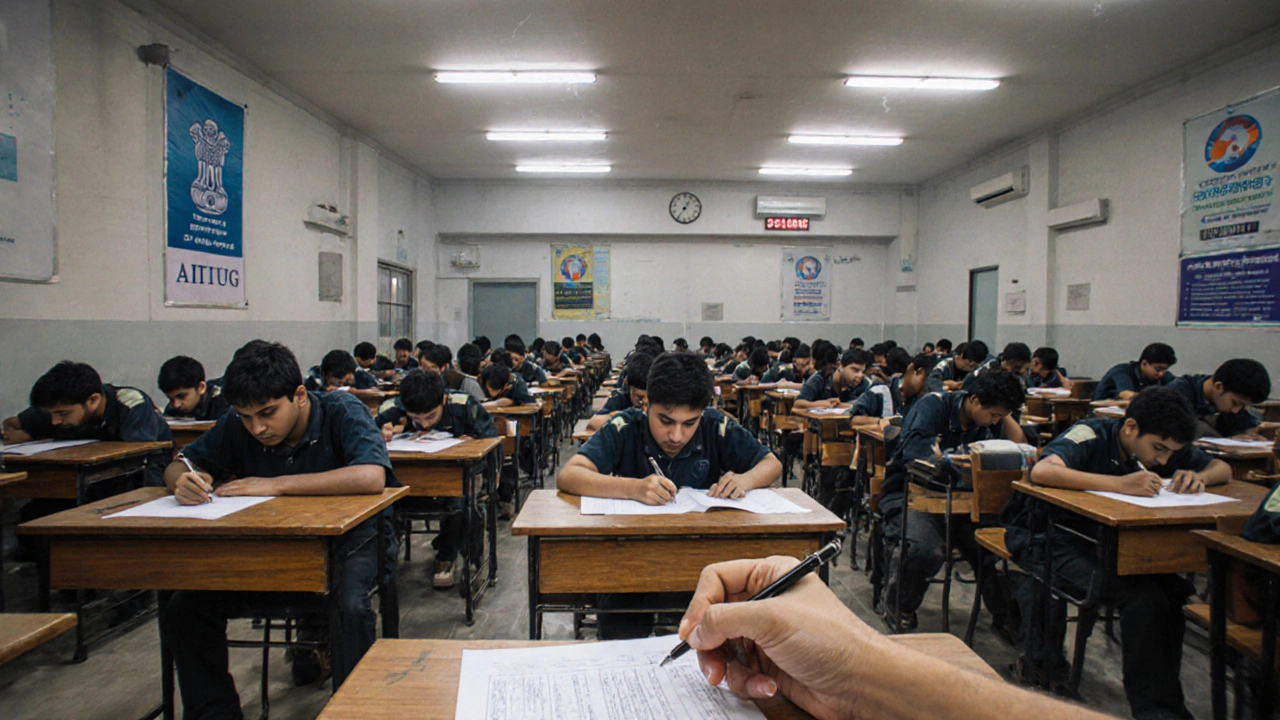Hardest Indian Degree – What Makes It the Toughest Path?
When talking about the hardest Indian degree, the term usually points to the most demanding professional courses that lead to high‑paying, high‑status jobs in India. Also known as the toughest Indian degree, it typically involves two flagship routes: the IIT engineering degree, an engineering program that follows admission through the JEE Advanced exam and the NEET medical degree, a medical qualification earned after cracking the NEET entrance test. Both of these pathways sit on top of the CBSE board, the national school curriculum that feeds most of India's high‑stakes exams and demand a level of preparation that far exceeds ordinary college entry. In short, the hardest Indian degree is not just a single program – it’s a network of exams, curricula, and competition that together set an extremely high bar for aspiring students.
The difficulty of these degrees stems from three core factors. First, the exam rigor – JEE Advanced and NEET are crafted to test deep conceptual understanding, speed, and endurance; only a tiny fraction of candidates clear them each year. Second, the competition intensity – millions of students vie for a few thousand seats, meaning even a small slip can cost a seat at a top institute. Third, the foundational demands – a solid grip on the CBSE syllabus, especially physics, chemistry, and mathematics, is non‑negotiable; without it, the advanced problems in JEE or the clinical questions in NEET feel impossible. These three elements create a feedback loop: the tougher the entrance exam, the stronger the incoming batch, which raise the bar for subsequent academic years. As a result, students often spend two to three years in intensive coaching, adopt rigorous study schedules, and rely on systematic mock tests to stay in the race. The entire journey—from secondary school to the final degree—requires a blend of strategic planning, mental stamina, and resourceful learning tools.
Key Factors Behind the Difficulty
Understanding why the hardest Indian degree feels so formidable helps you decide whether it matches your goals. If you thrive under pressure, love problem‑solving, and can commit to long study hours, the engineering route can open doors to top tech firms, research labs, and entrepreneurship. If you are passionate about patient care, enjoy biology, and are ready for a demanding college curriculum, the medical path provides a respected career with strong societal impact. Both routes share common preparation tactics: enrolling in reputed coaching centers, using online e‑learning platforms, and practicing past year papers. They also share pitfalls—burnout, over‑reliance on rote memorization, and neglect of soft skills. By recognizing these patterns early, you can craft a balanced plan that leverages the CBSE foundation, tackles the specific challenges of JEE Advanced or NEET, and keeps your overall well‑being in check. Below you’ll find a curated list of articles that break down each exam, compare study resources, and offer practical tips to navigate the toughest academic journey in India.
India's Toughest Degrees: Which Courses Are the Hardest?
Discover India's toughest degrees, from IIT engineering to MBBS, CA and UPSC. Compare entrance exams, workload, pass rates, and learn how to survive these challenging programmes.
read more